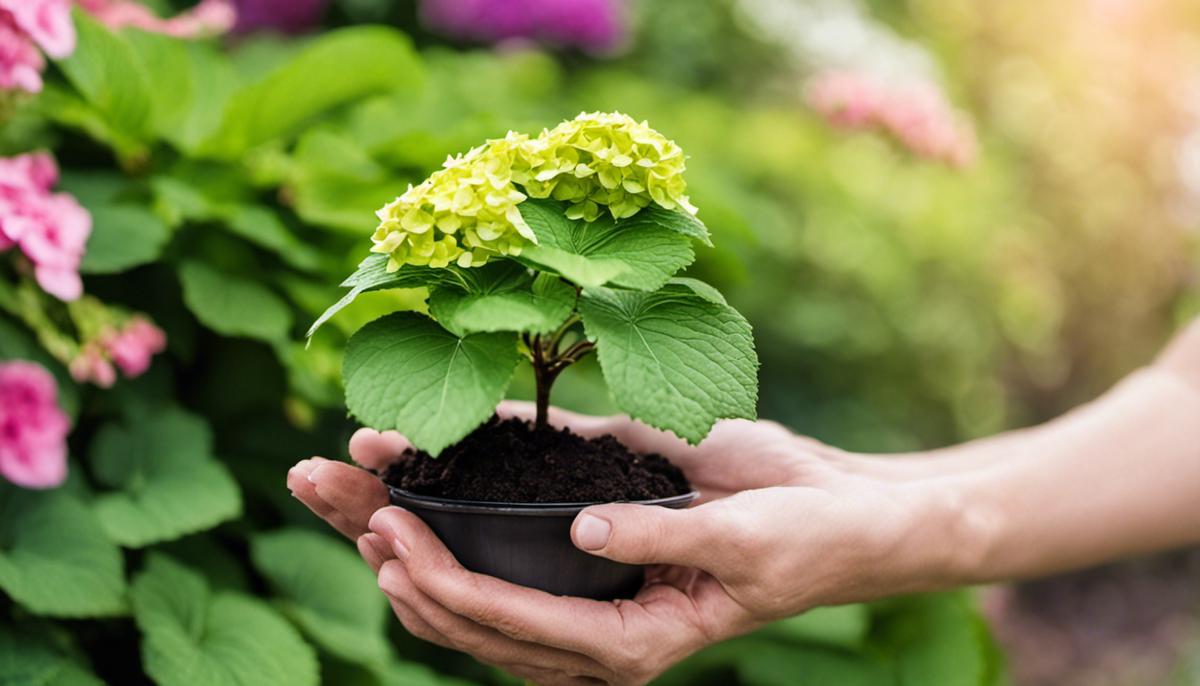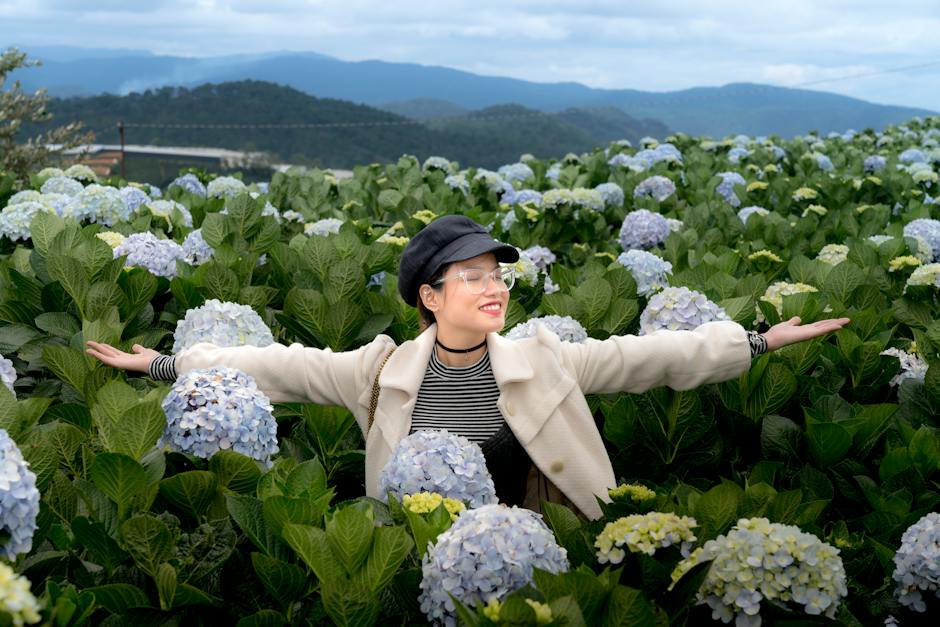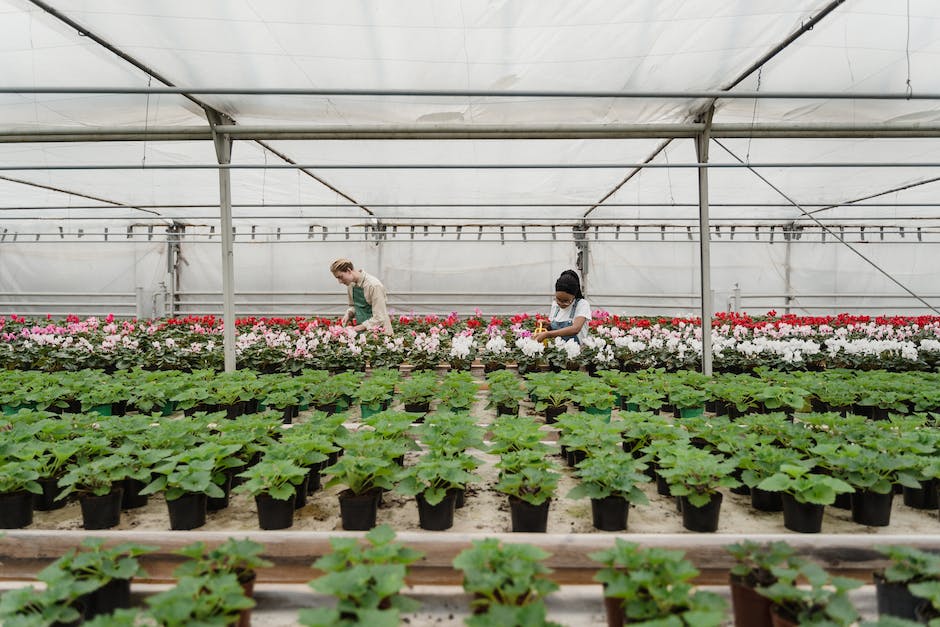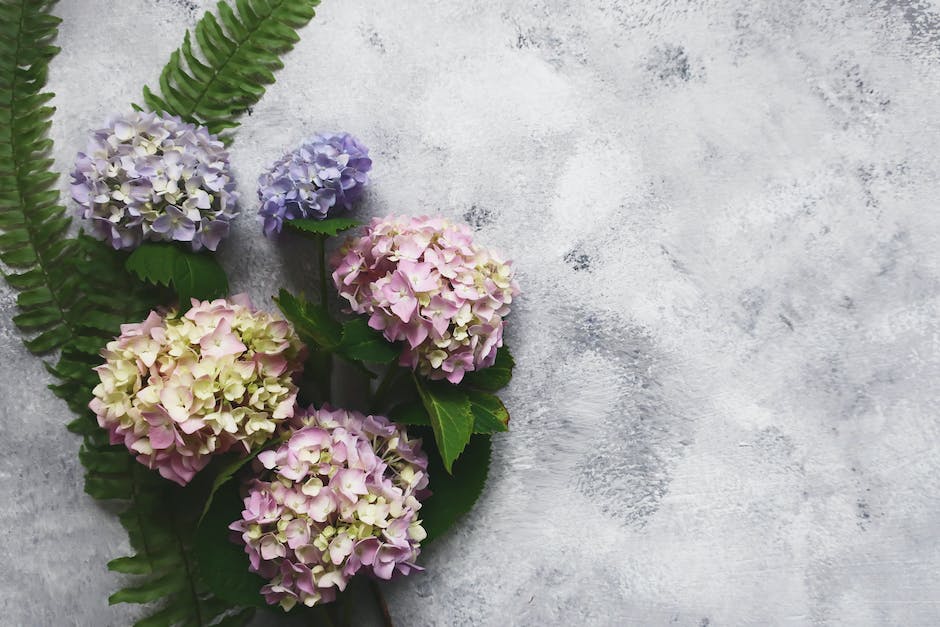The Magic Tricks to Make Your Hydrangeas Bloom

Embarking on the journey to cultivate a stunning hydrangea plant can be filled with challenges and rewards. An exquisite species of flowers native to Asia and the Americas, hydrangeas possess the innate propensity to enamor gardeners and nature enthusiasts alike with their large, robust blooms. But coaxing the shrub to present its fabulous floral display often involves more than mere watering and exposure to sunlight. Let’s delve into the nitty-gritty of soil quality and hydrangea growth, where you’ll understand the significance of soil pH and methods to enrich soil quality for thriving hydrangea blossoms. Further down the road, we’ll comprehend the art of proper pruning and watering, essential to your plant’s health, and discover the effects brisk and over-enthusiastic pruning or watering practices can have on your hydrangeas. And finally, grasp the world of hydrangea species and their unique blooming times so you can meticulously plan their care routine.
Soil Quality and Hydrangea Growth
Each dispenses their fair share of wisdom, but real garden aficionados understand the truth in this proverb: the secret to a bountiful garden lies beneath the surface. Yes, we’re talking about soil! If ornamental shrubs, and hydrangeas in particular, tickle your garden fancy, then we must delve into the details of soil quality and how it impacts those beautiful blooms we all adore.
Hydrangeas, with their lush, large flowers and vibrant array of colors, have captured the hearts of many a green thumb. These charming perennial shrubs bring a bouquet of reasons to love them, but can be somewhat finicky in terms of soil quality. The key is in the pH, nutrient content, and texture – these can dramatically influence hydrangea blooming.
Let’s dig deeper, shall we?
First Stop: pH Level
Hydrangeas are pH-sensitive plants. Their soil’s acidity or alkalinity can directly influence bloom color and quantity. Concerning the former, a relatively acidic soil (a pH less than 7) tends to yield blue hydrangeas, while alkaline soil (a pH greater than 7) results in pink blooms. Optimum hydrangea bloom production exhibits at a slightly acidic soil pH level, typically around 5.5 to 6.5. Achieving this sweet spot demands some diligence; regular soil pH test kits and amendments can keep the soil’s pH well regulated.
Next Step: Nutrient Content
Nutrient deficiency or excess can drastically affect any plant’s health, including our beloved hydrangea. The most critical nutrient for them? Nitrogen. This vital nutrient promotes green, vigorous growth, as well as boosting blooming. Severe nitrogen deficiency can lead to slow growth and sparse blooming. Similarly, too much nitrogen could stimulate abundant leaf growth at the expense of those sought-after blooms. Striking the right nitrogen balance is thus pivotal.
Last but not Least: Soil Texture
A good garden soil isn’t just about pH and nutrients, its texture is equally vital. Hydrangeas appreciate well-draining soil that retains moisture without waterlogging their roots. Compost, amendments, and regular mulching can significantly improve the soil’s structure, creating the ideal environment for robust, bloom-heavy hydrangeas.
In a nutshell, you’ll need to fine-tune your hydrangea’s soil in terms of pH, nutrient content, and texture to experience a spectacular bloom. Remember, a healthy, blooming hydrangea is more than just a testament to your gardening skills; it’s a gift to passersby and a joy to observe each sunny day or starlit night. Time to put on those garden gloves, pick up that trowel, and sally forth into the rich and rewarding world of hydrangeas. Happy gardening!

Proper Pruning and Watering Technique for Hydrangeas
Title: Ultimate Guide to Pruning and Watering Hydrangeas
Having already delved into the crucial aspects of soil requirements and nutrient content for nurturing hydrangeas, it’s time to explore two fundamental care practices: pruning and watering. These hydrangea maintenance techniques play significant roles in ensuring plentiful and vibrant blooms.
Pruning is more than just a tidying up task; it’s a springboard for growth, bloom size, and overall plant health. Not all hydrangeas should be pruned at the same time, as the wrong timing could results in flowerless plants. For instance, ‘Bigleaf Hydrangeas’ (Hydrangea macrophylla) bloom on old wood, meaning last year’s stems, making late summer, fall or winter pruning inadvisable. The ideal time is after flowering, but before the onset of August heat. On the other hand, ‘Smooth Hydrangeas’ (Hydrangea arborescens) and ‘Panicle Hydrangeas’ (Hydrangea paniculata) bloom on new wood, so pruning these in late winter or early spring won’t threaten those mesmerizing blooms.
When it comes to the act of pruning, always remember that less is more. Start by cutting off any dead wood and then move to the weaker stems so that the plant can focus its energy on robust growth. It’s also advisable to thin out older branches at the base to encourage a constant rejuvenation of the plant.
Now, moving on to the thirsty part of the hobby – watering. Hydrangeas need a lot of water, but unlike what their name suggests (Hydrangea derives from ‘hydro’, meaning water), they don’t love being drenched constantly. Timing and consistency are vital since overwatering can lead to weaker root systems and increased susceptibility to diseases. Watering should be deep enough to soak the roots without waterlogging the soil. In general, hydrangeas require thorough watering once to twice a week or when leaves start wilting in the morning sun.
As for the timing, a golden rule to bear in mind is to water hydrangeas early in the morning or late in the evening, especially during hot summer months. Watering during the heat of the day leads to the quick evaporation of water before it reaches the roots and may even cause leaf scorch.
By mastering these tools of pruning and watering, you are well on your way to cultivating not just healthy hydrangeas, but a thriving oasis teeming with these magnificent blooms. Armed with this knowledge and a love for hydrangeas, the journey holds quite the rewarding experience waiting to unfurl.

Understanding Hydrangea Species and Blooming Time
Title : Hydrangea Variety and its Budding Love Affair with Blooming
Diving into the radiant domain of hydrangeas, it’s exhilarating to uncover the significant influence their variety bears on bloom performance. As an enthusiastic horticulturist, one is keen to harvest the fruit of their labor– bountiful bloom on the hydrangeas. Understanding this influence can be your window to maximizing your bloom bounty, and nurturing a tranquil garden brimming with vibrant clusters of your cherished hydrangeas.
Primarily, four hydrangea types reign over gardens– Bigleaf (Hydrangea macrophylla), Panicle, (Hydrangea paniculata), Smooth (Hydrangea arborescens), and Oakleaf (Hydrangea quercifolia). Each variety, distinguished by characteristic leaf and flower shapes, calls for diverse care and attention to usher in the bloom season.
Bigleaf hydrangeas are probably the most familiar and enigmatic, characterized by large, glossy leaves and an ensemble of either mophead or lacecap flowers. Often adorning an array of colors, from pink, blue, to purple, they require precise care, including a strict eye on winter hardiness as they tend to bloom on the previous season’s wood.
Panicle hydrangeas, blossoming into cone-shaped bouquets of white, creamy flowers, are flexible bloomers. Celebrated for their ability to bloom on new wood, they offer gardeners peace of mind, particularly those in colder climates, as harsh winter conditions don’t affect their blooming performance.
Smooth hydrangeas, flaunting their snowball-like, white bloom clusters, are re-known for their resilience in varied soil conditions and their capability to bloom on new wood. Remember to provide plenty of sunlight and frost protection during the winter to ensure optimal blooming.
Lastyy, Oakleaf hydrangeas, loved for their uniquely-shaped foliage and their winning ways that let them bloom splendidly, even under the advisory of shade and cooler climates. As a gardener, it’s delightful to watch these beauties bloom old wood during the spring, offering a spectacular view of elongated clusters of white flowers.
To achieve a rewarding bloom outcome, the importance of understanding your hydrangea type cannot be overemphasized. This knowledge provides guidance on the level of sunlight required, the winter heartiness of each plant, the pruning considerations, and the specific blooming properties of each variant.
Exposing your hydrangea to its preferred illumination – varying between full sun to partial shade, observing watering needs, and strategically pruning based on whether your hydrangea blooms on old or new wood can be game-changers for your hydrangea blooming objective.
In closing, let it be remembered that the heart of hydrangea blooming success lies in recognizing and catering to the diversity among the hydrangea varieties. Indeed, it is a journey of understanding and nurturing each variety to glorify their unique bloom properties, bringing life to your garden, and reaping the joys of a bountiful bloom season.

The yearning to see your hydrangeas burst into splendid blooms is an aspiration shared by many plant lovers. As you navigate the landscape of hydrangea care, armed with knowledge about the importance of soil quality, the fine line of watering and pruning, and the diverse array of species, remember that each step contributes to this grand spectacle. Your awareness of the plant’s needs and your skill in catering to them effectively will work in tandem towards a rewarding outcome. After all, the joy in gardening sprouts not just from the blossoming of the flowers, but also from the nurturing journey towards those brilliant blooms. With patience, experience, and understanding, you’re bound to transform your hydrangeas into the dazzling showstoppers of your garden.



